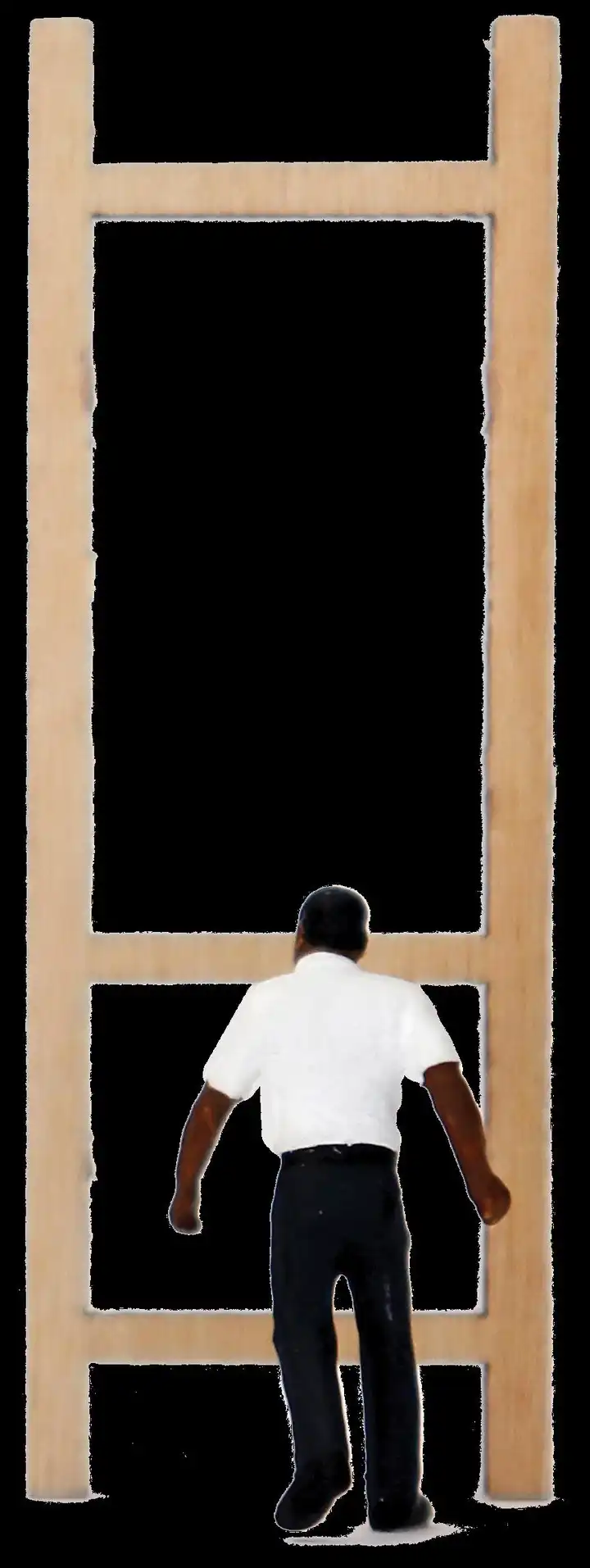
2 minute read
[New] “M
irror, mirror, on the wall, who’s the fairest of them all?” Not Blacks, at least not when it comes to housing finance.
I know the wicked queen was talking about beauty when she uttered those famous words in the Disney classic “Snow White.” But taking editorial license, let’s twist the meaning a bit to be fair, as in evenhanded. And when it comes to Black home buyers, the fair meter in that context barely registers 50%.
Yes, 2021 was the fairest year for finding financing since the 2008 housing crisis for Black home buyers, according to a new report. But fairness was no better in 2021 than it was in 1990, according to the report from FairPlay. And if the past is prolog, the fairness meter is likely to drop in the near future if it hasn’t already.
That’s what happened during the Great Recession, when Fairplay’s mortgage fairness metric, which it calls Adverse Impact Ratios, took a nose dive for Blacks. And the signs already are present that it could happen again — credit card utilization is going up, average credit balances are rising right along with it, and credit scores are tanking.
Overall, however, neither Blacks nor Hispanics nor Native Americans have made any headway over the previous three decades compared to their white counterparts, the study found. And another report, this one from a group of Black realty agents and brokers, reinforces FairPlay’s finding.
According to the National Association of Real Estate Brokers’ “State of Housing in Black America,” the percentage of Blacks securing loan approval has been stuck at 7% since 2019. In 2008, it was just 6%, so it’s a tick better. But Blacks represent 12% of the U.S. population!
The two studies, which dropped the week after Thanksgiving, both base their findings on data collected from lenders under the Home Mortgage Disclosure Act, the most comprehensive publically available source that identifies race, ethnicity, and gender for mortgage applications.
FairPlay, an AI tool that identifies fairness-as-a-service solution for financial institutions reviewed all HMDA mortgage application data, including almost all mortgage applicants, from 1990 to 2021 — some 350 million transactions in all. And its 27-page “State of Mortgage Fairness” evaluated how much mortgage fairness has changed — or not — in the past 30 years.
STUCK IN NEUTRAL NAREB’s 100-page document is an annual endeavor, with this year’s study using 2008 as its base year “so we can better understand Black homeownership progress since the height of the foreclosure crisis and the damage of predatory lending,” President Lydia Pope, who operates two real estate firms in Cleveland, explained in the report’s forward. The group isn’t widely known, but it has been active for 73 years.
“Stuck in neutral” is how the FairPlay study describes mortgage fairness — or better perhaps, the lack of same — for African Americans. That’s especially true in five Southern states — Alabama, Arkansas, Louisiana, Mississippi, and South Carolina — where persistent discrepancies in loan approvals are “deep and persistent” no matter how strong the macro-economic environment is.
The FairPlay study suggests an “alarming drop in mortgage fairness” for Native Americans and Latinos as well. The fairness meter has improved only for women. (Its Adverse Impact


![[New] Dogs, Domino’s, And … Kermit The Frog?](https://assets.isu.pub/document-structure/221228201148-51ace344e441df150995c532f9396a8e/v1/d7407999cef64083e8d5ae64588a7e28.jpeg)








